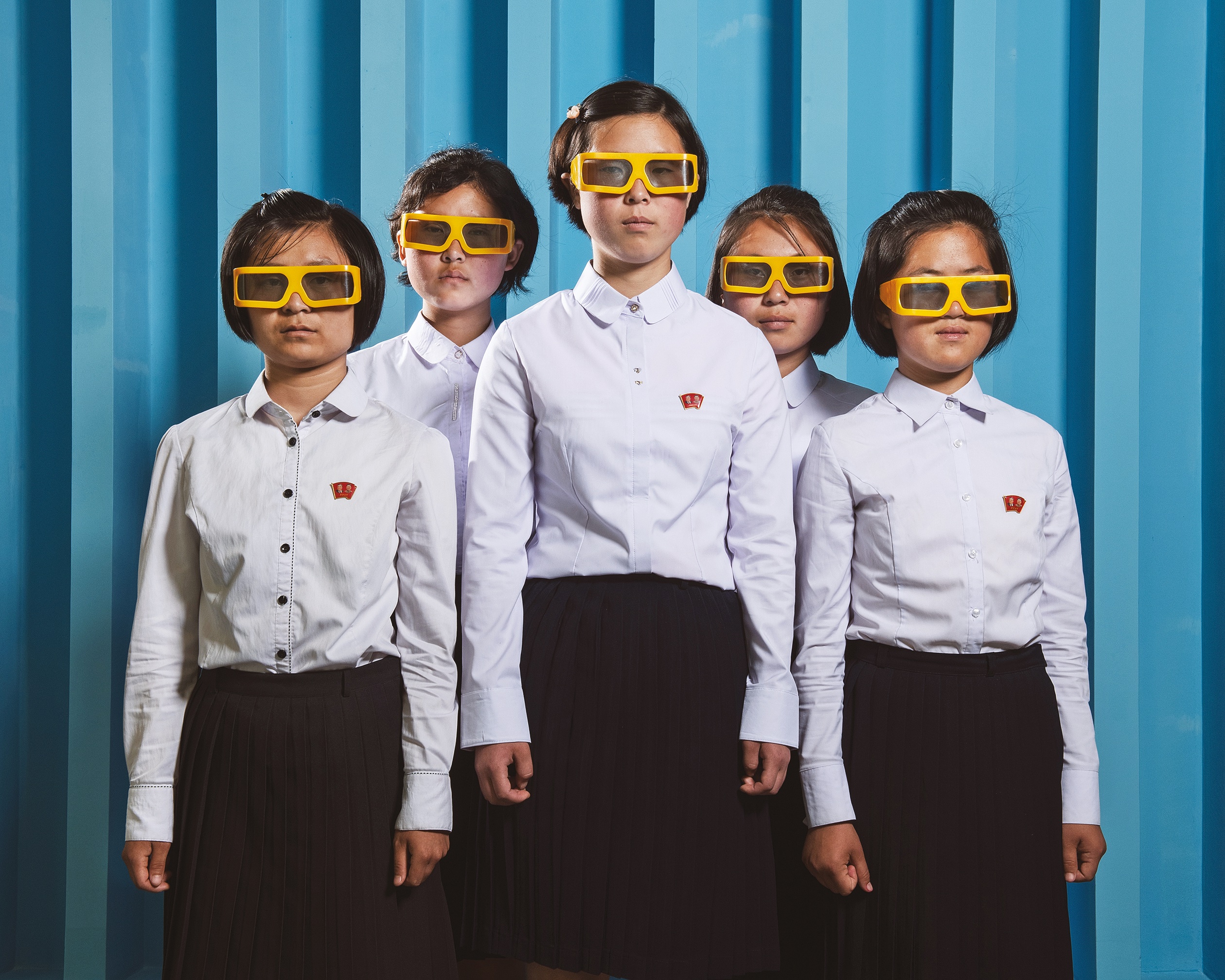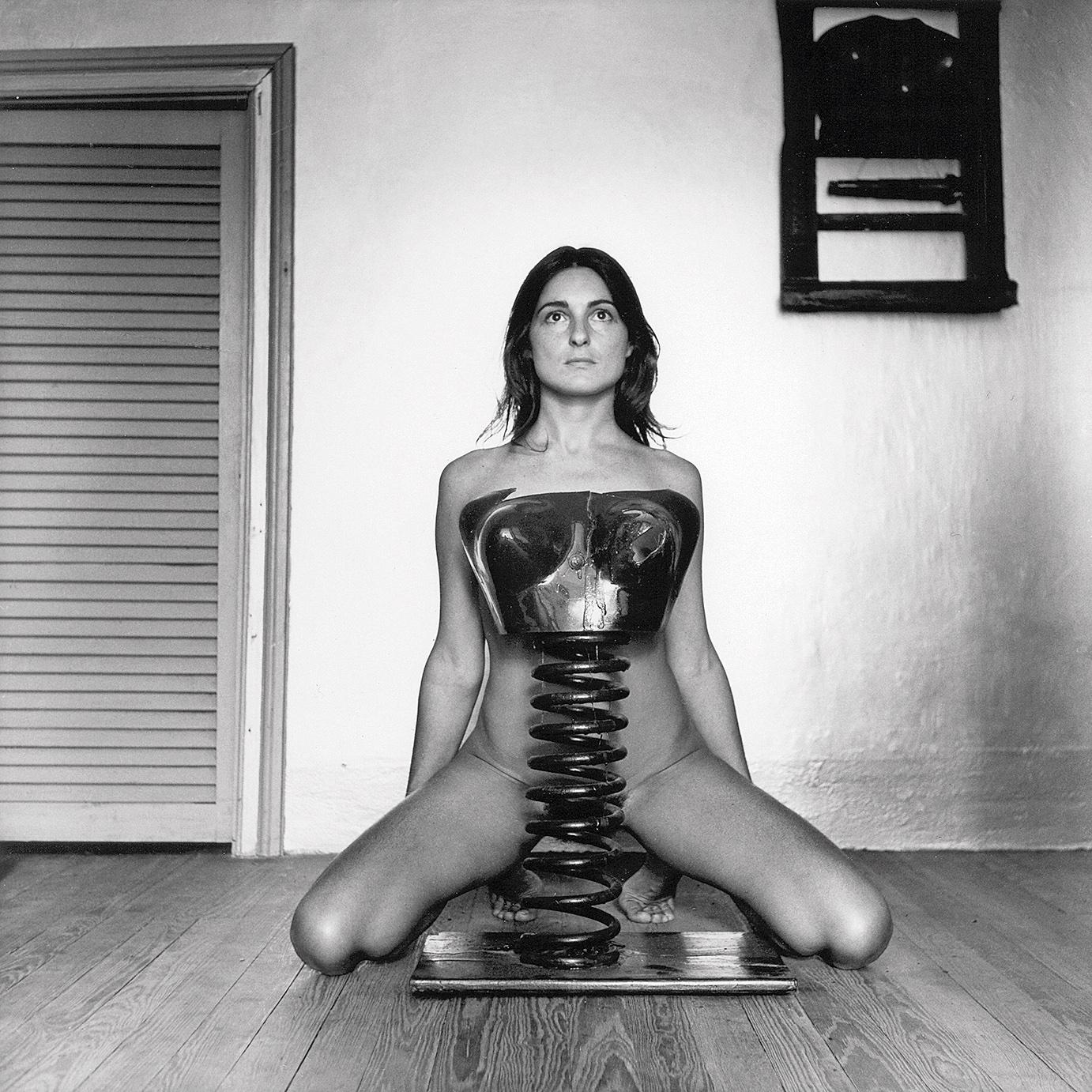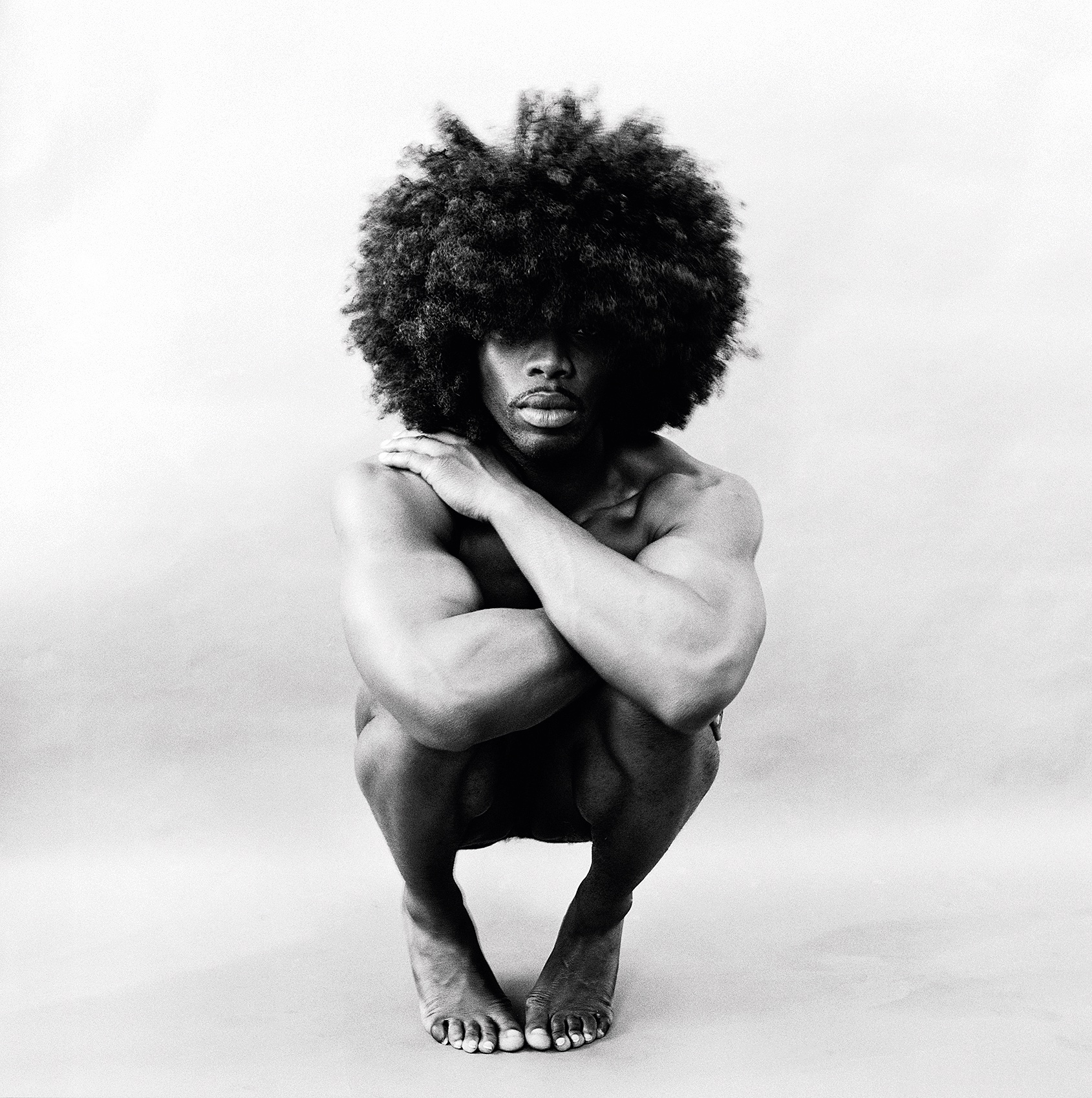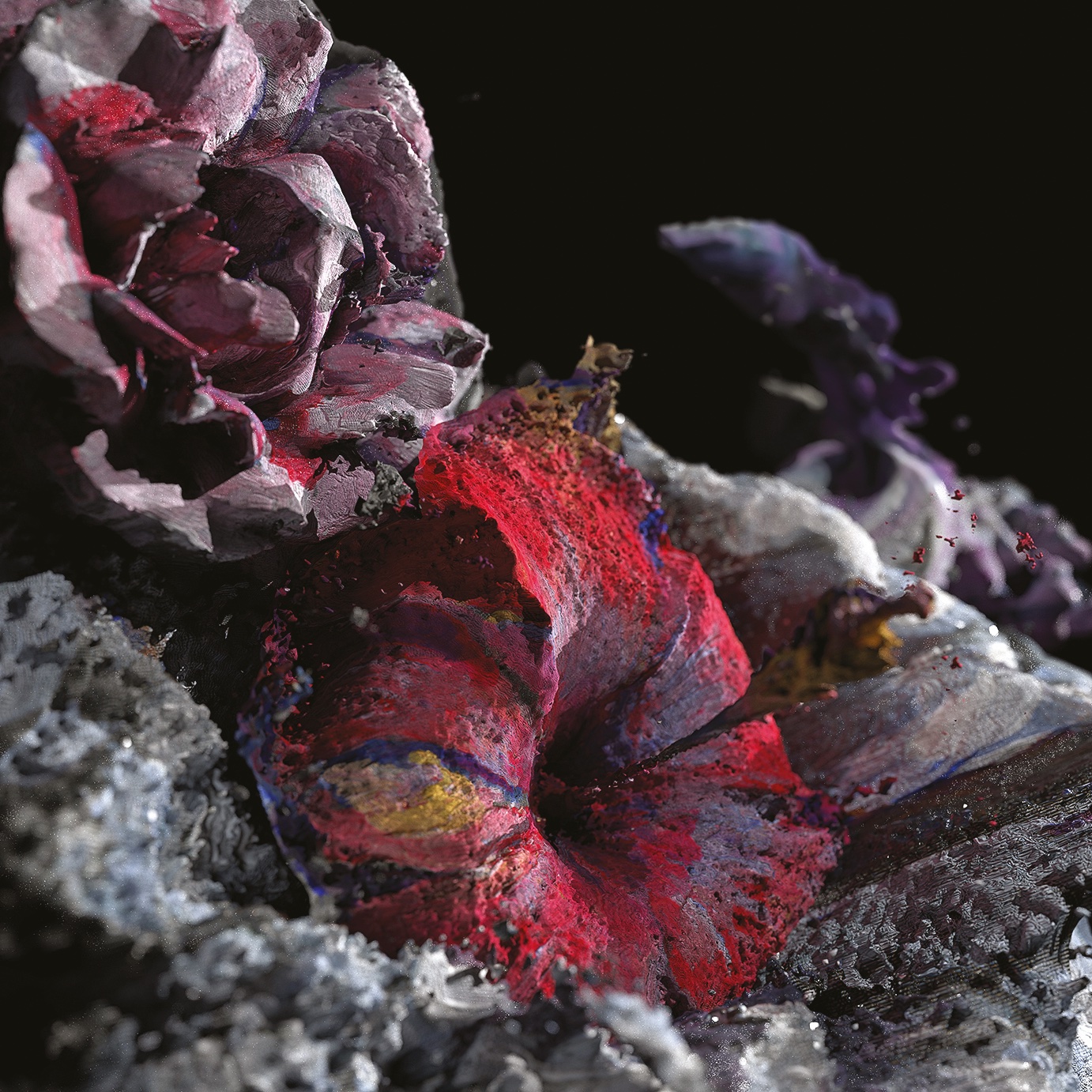After the forced cancellation of the 2020 edition, the renowned festival returns to Arles
When Christoph Wiesner became the new director of Les Rencontres de la Photographie last September, he faced an unprecedented situation. The 2020 edition of the photofestival – normally held in Arles every summer from 1970 – had been cancelled. An entire programme sat in limbo.
Instead of bringing all the exhibitions forward, or starting from scratch, Wiesner chose a nuanced approach. “My main idea was not to erase everything and make a tabula rasa, but to keep what felt important,” he says. This year’s iteration thus retains part of last year’s curtailed programme, which orbited around the theme of resistance. But it also moves onto new ground. “We wanted this year’s festival to herald a time of rebirth and renewal,” says deputy director, Aurélie de Lanlay.
The festival’s central exhibition strand, Identities/Fluidities, reflects these priorities. It includes projects that cast forward into the future. The group show Rethink Everything, subtitled The Power of Art in Times of Isolation, at the Espace Van Gogh, will marshal a “new feminism” to question global capitalism and anthropocentrism. Meanwhile, Désidération (Anamanda Sîn), led by the collective SMITH, will imagine a space-travelling human race seeking a “new alliance with its own cosmos”.
The strand will also explore the multiplicity of human identity. Masculinities, an exhibition which originally ran at London’s Barbican Centre last summer, draws on the work of more than 50 photographers over six decades to survey the complex, contrary
ways in which masculinity has been depicted through the lens. Also at La Mécanique Générale, Clarisse Hahn’s complementary show of Princes of the Streets uses film, photography and archival work to portray the young men of the multicultural Barbès district in north-eastern Paris. And, at the Église Sainte-Anne, The New Black Vanguard – a collaboration with New York’s Aperture, born of the acclaimed book by Antwaun Sargent – presents a globe-spanning survey of Black creativity, including work from the worlds of art and fashion.
This diversity of genres carries through the entire festival. “A lot of artists are photographers, which forms one part of the production,” explains Wiesner. “But there are also those who come more from photojournalism. And so you have a crossover of these different praxis – and different generations.” The Chapelle du Museon Arlaten will host a retrospective of Swiss- born Sabine Weiss, who turns 97 this year. Defining herself as a “photographer-artisan”, Weiss’ work encompasses reportage, illustration, fashion and advertising.
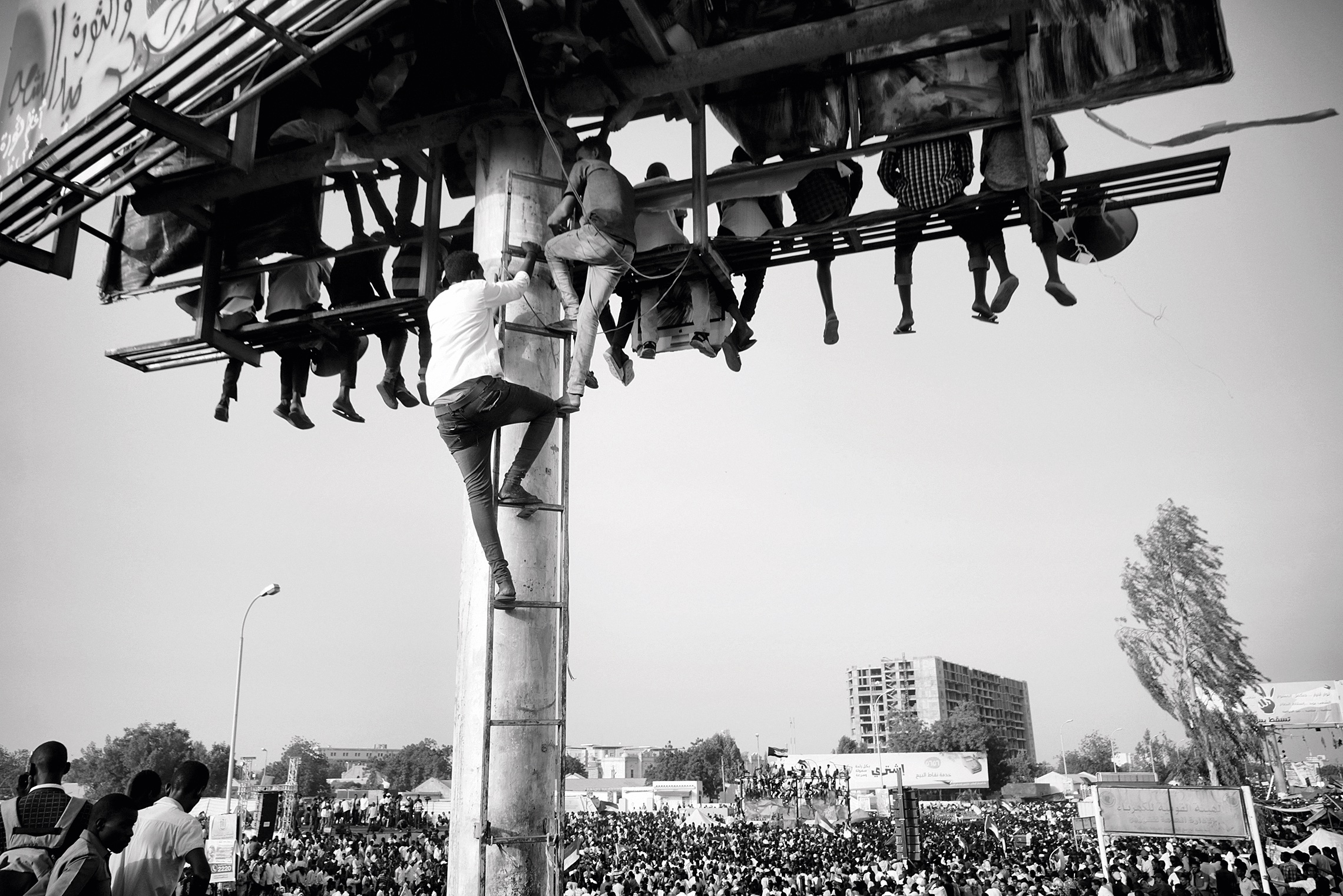
“A lot of artists are photographers, which forms one part of the production, but there are also those who come more from photojournalism. And so you have a crossover of these different praxis – and different generations”
Christoph Wiesner
On the other end of the age scale, there is Thawra! Revolution! at the Église des Trinitaires, which documents the 2019-20 Sudanese Revolution through the lenses of eight largely amateur photographers – and one film-maker. “When you are not a professional,” remarks Wiesner, “you shoot what you can see around you.” Curated by Juliette Agnel and Duha Mohammed, the exhibition forms part of the Institut Français’ Africa2020 season, which also includes a retrospective of Pieter Hugo’s portraits and artist Lebogang Tlhako’s solo project, Sibadala Sibancane.
While some projects follow history as it occurs, others investigate and re-examine the past. The Cloître Saint-Trophime will be the stage for Belgian photographer Anton Kusters’ The Blue Skies Project. Shot over six years, the series depicts the skies above the locations of all 1078 known Nazi concentration camps, many of which remain unmarked. “The sky is very beautiful,” says Wiesner, “but the earth below can be something horrible.”
A planned exhibition of the architect and designer Charlotte Perriand’s archives, curated by Dr Damarice Amao, has been expanded after a year of further research. “We had a very long chat,” explains Wiesner, “and we thought it would be fascinating to go deeper into the process of how she was using photography.” The resulting presentation – held appropriately in the city’s modernist Monoprix department store – will focus on Perriand’s political photomontages of the 1930s: monumental pleas on behalf of the urban poor.
Convening a festival during a pandemic has presented challenges. “It was quite demanding but also very stimulating,” says de Lanlay. “It was difficult to work out how photographers and curators can continue to meet.” As a consequence, the festival will open a day earlier, expanding the opening week to dilute crowds and spread out events. An app will allow visitors to receive real- time information on the attendance at venues, which themselves have been adapted for social distancing. “We avoided the smaller, more complicated venues this year,” de Lanlay continues. “And we have taken the unusual step of showing some exhibitions outdoors.” Stéphan Gladieu’s portraits from North Korea [1], for instance, will be displayed in Le Jardin d’été. As always, evening events will be held in Arles’ Roman amphitheatre, under the stars.
Some of this year’s changes will have an impact on subsequent editions. Among the most significant is Wiesner’s decision to unite the nominees for the Louis Roederer Discovery Award into a single curated exhibition, held at the Église des Frères Prêcheurs. He also opened the call out to include not only galleries but artist-run spaces, art centres and even large public institutions. “I worked for a long time in galleries,” he explains, “and have a huge respect for what they are doing. But there are sometimes perspectives that are not in that configuration.”
This year’s exhibition will be curated by Sonia Voss, who also organised the 2019 highlight Restless Bodies: East German Photography 1980-1989. The 11 nominees include Farah Al Qasimi’s portraits of upper- middle class homes in the Persian Gulf, Massao Mascaro’s literary retracing of Ulysses’ voyage across the Mediterranean, and Tarrah Krajnak’s critical homage to Edwin Weston’s Nudes. Some, such as Jonas Kamm’s two-dimensional screenshots of virtually designed sculptures, and Ketuta Alexi-Meskhishvili’s curtains derived from negatives featuring plastic tourist bags, jostle at the medium’s limits.
“Whether political, philosophical or even aesthetic, what is a better medium to tell stories than photography?” says Wiesner. Multifarious, socially engaged and meditating on the past and future, Les Rencontres d’Arles promises to affirm photography’s storytelling potential in a post-pandemic world.
Les Rencontres d’Arles runs until 26 September 2021.

